What would Sir John Betjeman make of it? There’s a new race among developers to carve for themselves a slice of London’s suburbs, immortalised in the then poet laureate’s 1973 BBC documentary Metro-land.

Sites in zone 3 of the Tube map and, increasingly, well beyond appear to be the latest focus for land-buying teams among Britain’s largest housebuilders. A land agent active in the upper reaches of the Northern Line tells me there has been a marked increase in the number of developers expressing interest when any sites appear. Potential bidders tend to include at least some of the UK’s top 10 builders.
Smaller developers, which had largely been frozen out of the land market in the aftermath of the financial crisis, have also been sighted, funded by mezzanine debt and high-net-worth individuals rather than mainstream corporate lenders.
It’s not just developers who are descending on the outer fringes. But I hear that some of the poshest agents, who previously would have shuddered to journey further than a black cab ride from their palatial West End offices, are now venturing into hitherto unexplored extremities of the Tube map. (Consequently, expect before too long some of their research departments’ house and land price indices to start tracking the outer boroughs and not just the West End, the City and Docklands.)
Government support
But unlike the high-end projects these developers and agents have satisfied themselves with for the past few years, there’s a strict maximum price point that most homes on these new sites have to sell at: £599,999. It’s largely thanks to London Help to Buy as £600,000 is the maximum price that the government new-build scheme will support. Help to Buy offers a five-year interest-free ‘equity loan’ for 40% of the value, the borrower has to find a deposit of at least 5%, while lenders provide the 55% balance. Previously Help to Buy had made little impact in London since the maximum government loan was 20%, meaning lenders had to make up the 75% difference - too much of an ask on average first-time buyer salaries.
Sites in zone 3 and well beyond appear to be the latest focus for land-buying teams
The government’s offer of a ‘leg up’ to first-time buyers has therefore been pushing up house and land prices in the outer ring - by 6% as at Q3 2016 for the latter, according to Knight Frank.
Meanwhile, the consensus seems to be that prime central London (PCL) house prices are around 15% off their peak. Savills’ and Knight Frank’s PCL residential land price indices as at September were some 10% off their peaks, but I’d wager the next releases will show further falls. Latest data from the National House Building Council shows the number of home registrations (effectively starts) last year fell by 33% to 17,322, reflecting developers retreating from the central London mega-schemes that had fuelled their supra-normal profits of recent years.

Betjeman - whose intonations on Metro-land and its inhabitants were largely affectionate, if patronising - would struggle to recognise this new wave of development. The great drive to build in the inter-war years followed the 1919 Housing and Town Planning Act, which ushered in the building of large estates but also prescribed maximum densities and minimum house sizes. By contrast, sites appearing now tend to be 50 to 150 units, more often than not on the low end of that range, while Betjeman’s “gnomes of Neasden” would have to give way to squeeze in far greater densities.
Nor would Betjeman have recognised the prices. The Help to Buy upper threshold is about 600 times that of a three-bed semi in Upper Norwood in 1930 (and about 15 times the current average first-time buyer’s salary in the outer metropolitan zone, according to Nationwide).
Even these lower prices are out of the range of many and the commute to work for many is likely to start well beyond London. Southern Railway aside, faster trains are extending the reach of London well beyond those in the great steam enthusiast Betjeman’s days. I’ve heard Cambridge, Peterborough and astonishingly even Stoke mentioned by agents. Just don’t mention Slough, though, for fear that, from beyond the grave, the old man might summon up his yearned-for “friendly bombs” to fall on what he derided in his 1937 poem as “the mess they call a town”.




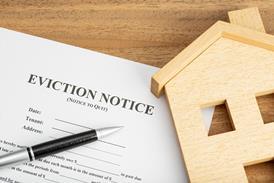



















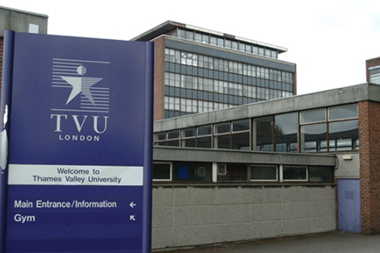
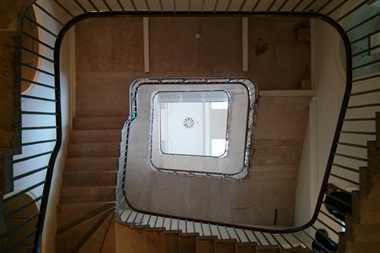

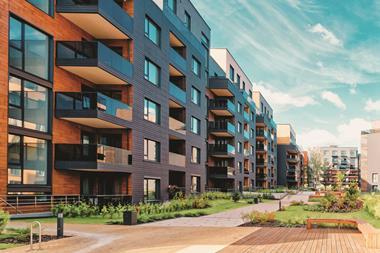
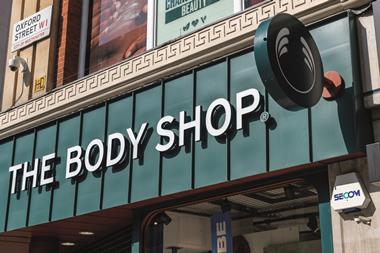

No comments yet